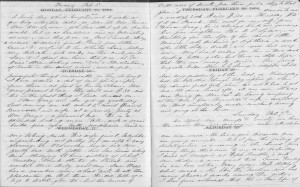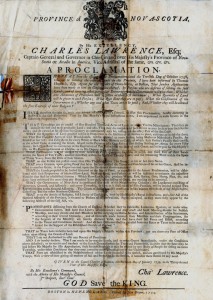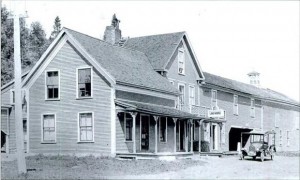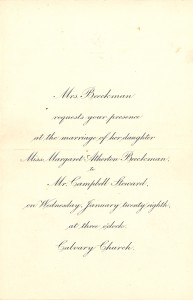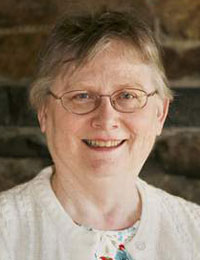 That pile of photocopied original documents you have sitting on your table looks especially mountainous when you start compiling genealogical text. How much of it needs to be included? How should it be presented? What is important and what is not?
That pile of photocopied original documents you have sitting on your table looks especially mountainous when you start compiling genealogical text. How much of it needs to be included? How should it be presented? What is important and what is not?
Before you can properly transcribe, abstract, or translate records, you need to know what they say. What are the parts of a deed, of a will, what is an “execution” from the court? These can all be topics for future Vita Brevis posts. In the meantime, look at examples of abstracts in the Early New England Families Study Project sketches for ideas. Continue reading Piano lessons

